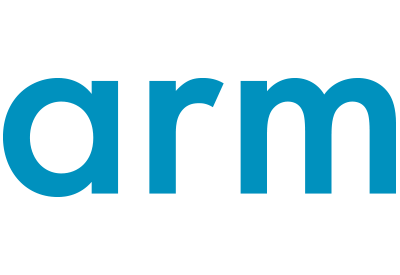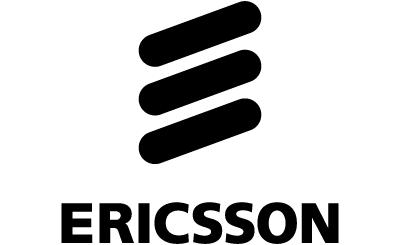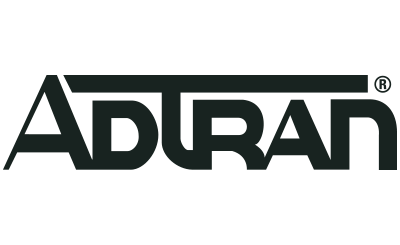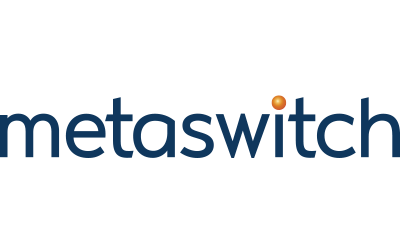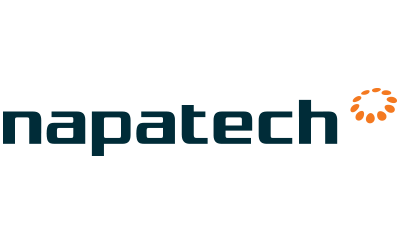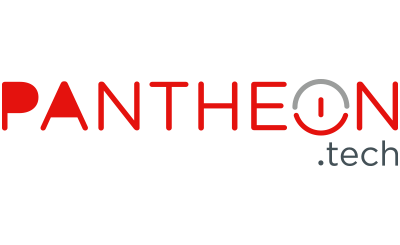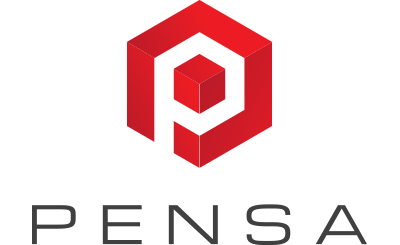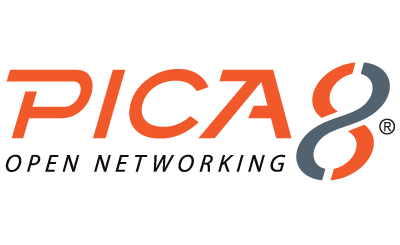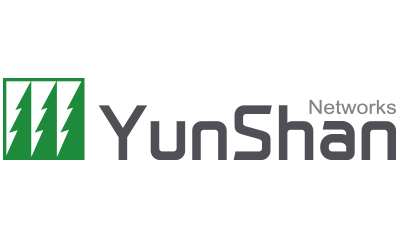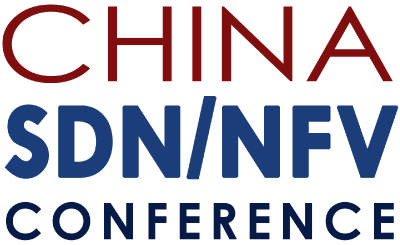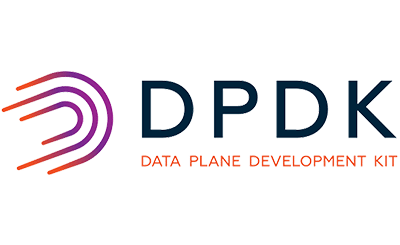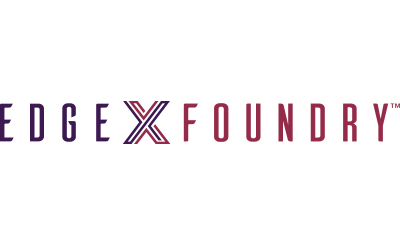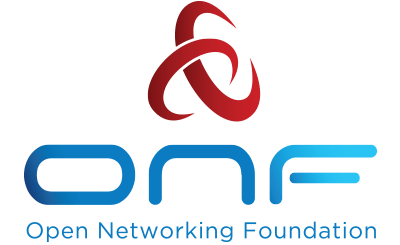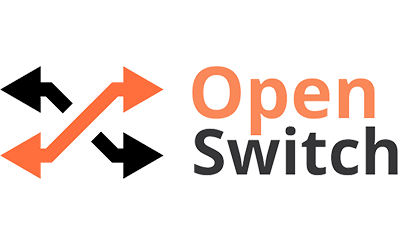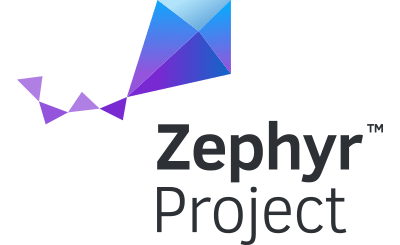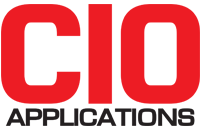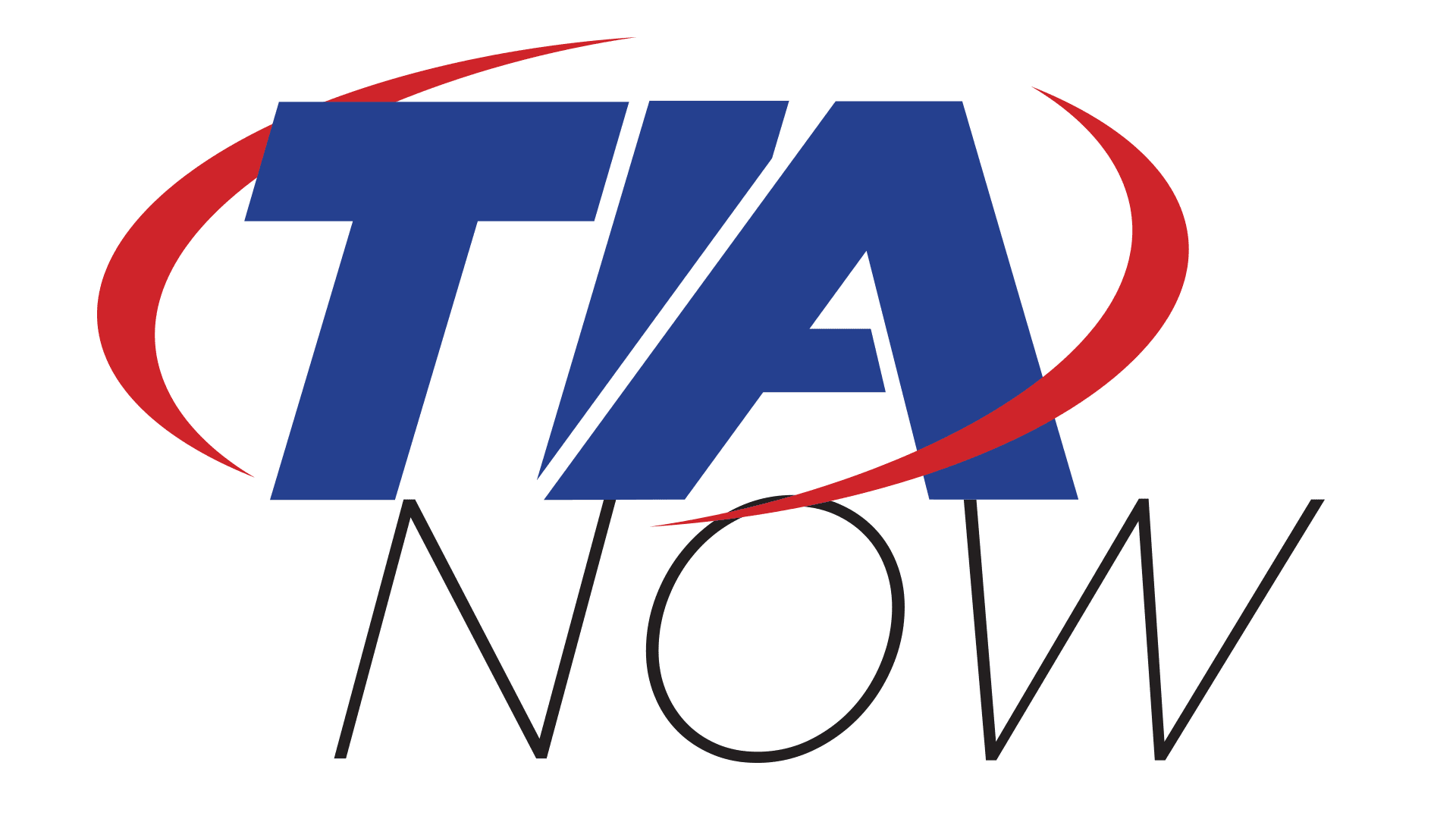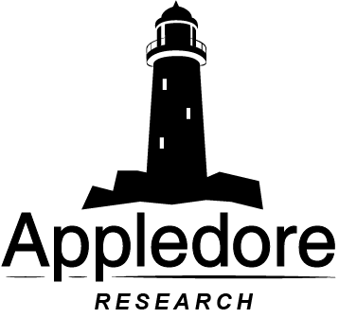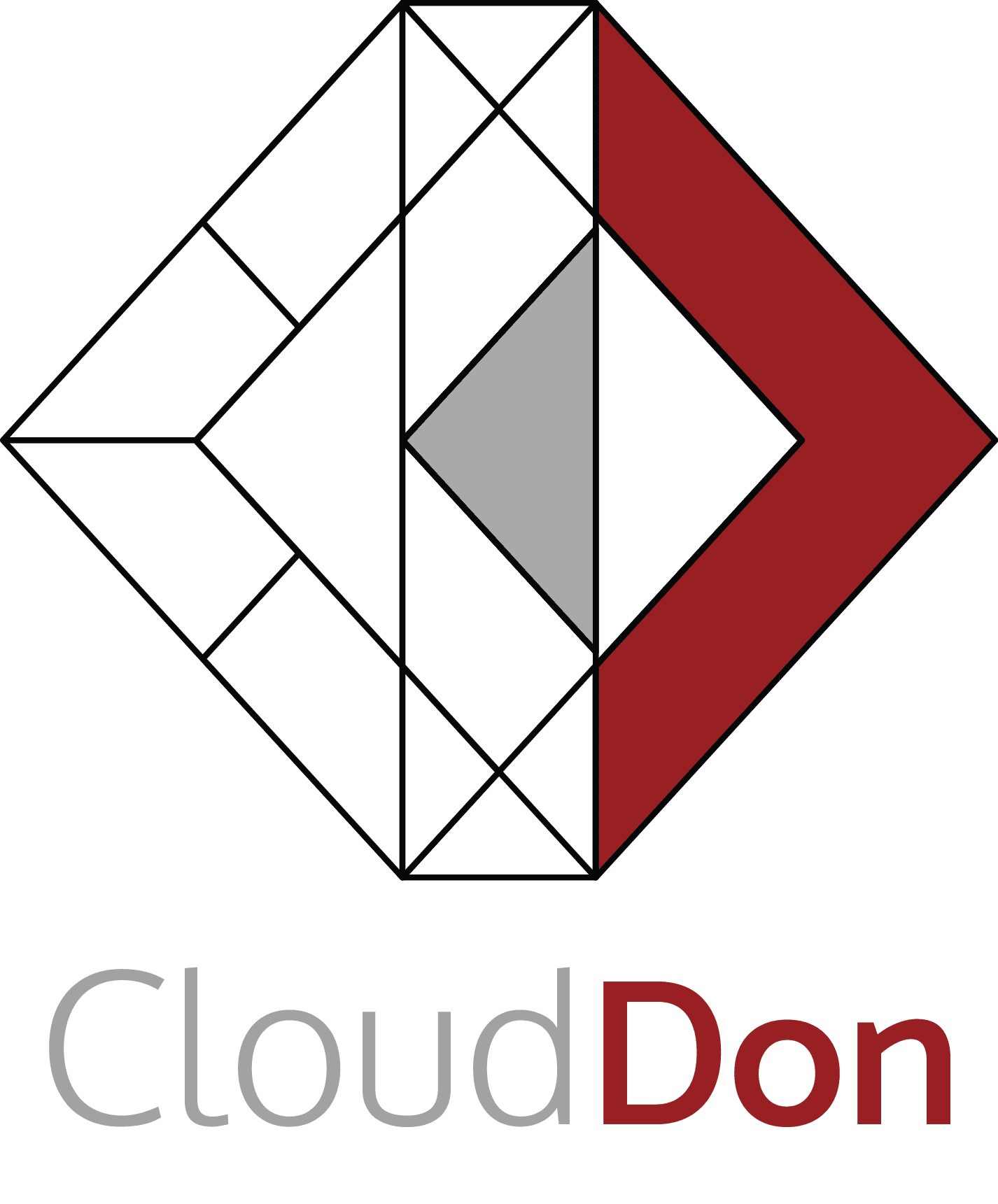LF Networking Demos
Experience the latest open source networking demos at ONS! ONAP and Kubernetes will be demoed together in the CNCF booth, showing the best of network automation and cloud native orchestration by enabling ONAP deployments to any public, private, or hybrid cloud. The other demos listed below will be shown at the LF Networking Booth. Don’t miss it!
+NFV Use Cases Deployed and Tested by OPNFV XCI (OPNFV, OpenDaylight, Open vSwitch, OpenStack)
Presented by Ericsson, Intracom Telecom, Suse
Telco use cases include multiple components developed by various open source projects such as Openstack, OpenDaylight, ONAP. This results in challenges when it comes to end-to-end integration and testing. The integration points among these components are normally the source of most problems, especially when each component is in constant development. The OPNFV XCI establishes a new framework, simplifying the integration and testing of the telco use cases greatly. With the framework provided by XCI, the developers and users have full control over the components and their versions to use while creating various different combinations of the integrated stack. The biggest benefit is that it can be used to test new patches in one specific component, even when that patch is not even merged. Consequently, potential bugs can be found in the initial development phases, increasing the quality of the overall integration and helping in the development of the components. Moreover, due to the container and virtualization technologies used by XCI, the required hardware to execute this process is significantly scaled down. As a result of this, the effort, cost, and time to bring new telco features into reality is reduced significantly. Advantages of XCI will be demonstrated using two telco use cases: BGPVPN and SFC.
+ONAP Amsterdam VoLTE Use Case (ONAP)
Presented by China Mobile, Huawei, Nokia, ZTE, WindRiver, and VMware
The demo shows how to use ONAP(Amsterdam version) to design, orchestrate and manage the VoTLE service, a complex end-to-end real-world service composed with multiple vNFs from different vendors, across multiple clouds connected with SDWAN. The demo will show the capability of ONAP on service model designing, automatic service deployment and closed-loop control (self-healing), SDWAN connecting, fault and performance collection, as well as integration capabilities with vendors commercial VIMs / VNFMs / EMSs / VNFs products based on ETSI NFV architecture.
+Accelerated Cloud Native VNFs in Kubernetes with FD.io/VPP and Ligato (FD.io, k8s, Ligato, Contiv)
Presented by Cisco
Cloud-native, containerized virtual network functions (VNFs) are among the hottest topics in the industry. In moving from “desiring a cloud-native VNF” to building one it has become clear that there is no appropriate platform to build on. Project “Ligato” (https://ligato.github.io/) has set out to change this. Ligato is an open source platform for creating cloud-native VNFs.
In this demo, we’ll demonstrate Ligato and compare the performance and scale of Ligato-based VNF deployments with the performance and scale of VNFs deployed in other environments.
+OPNFV Verified: NFVI Platform Verification (OPNFV)
Presented by Ericsson, ZTE
In this demo, Ericsson and ZTE will showcase the practical aspects of the OPNFV Verified Program and demonstrate the workflow of getting a commercial system certified: we will show how to install the Dovetail verification tool, prepare the lab, run the tool, upload the results to the web portal and submitting them for review.
+Containerized VNF Running on High-performance Kubernetes for Edge Computing on Arm Platform (OPNFV, k8s, DPDK)
Presented by ARM, China Mobile, Huawei
A powerful ‘edge computing’ component is a key technology toward NFV (5G). One of the challenges for edge computing is that we need a high-performance and lower power consumption heterogeneous cloud platform for it, includes high-performance networking, high-performance IO, stable, heterogeneous cloud platform, cheap and lower power consumption hardware platform. Container4NFV is a project in OPNFV. It focuses on the container platform solution for OPNFV. In this demo, we will introduce and show Container4NFV’s high performance container cloud solution for edge computing on ARM platform. China Mobile and Arm thinks that ARM hardware with a high-performance container cloud platform is one of the choices to handle the requirements. Some key features will be shown in this demo:1, Installer 2, Data Plane Acceleration 3, HPA (Hardware platform awareness) for heterogeneous platform 4, Typical open source containerized VNF 5, some experimental features.
+Infrastructure Maintenance & Upgrade: Zero VNF Downtime with OPNFV Doctor on OCP Hardware (OPNFV, OCP)
Presented by Docomo, Nokia
The OPNFV Doctor project has built something completely new in open source with a framework to perform infrastructure maintenance and upgrades by interacting with the VNFs running on top of it. This means the application is able to maintain zero downtime of service during operations as well as utilize new capabilities of the upgraded underlying compute nodes. With this framework, users can first scale down the application to free capacity on hardware, then trigger rolling upgrades. This benefits the application and is a powerful tool for infrastructure admins who may be limited by insufficient resources due to strict ROI policies for specialized telco hardware or other reasons. The demo will show how this is accomplished while running latest the OPNFV software on OCP hardware.
+Networking for Hybrid Cloud and DCI with OpenDaylight EVPN (OpenDaylight)
Presented by Ericsson, Red Hat
Today’s hybrid cloud deployments are becoming more and more diverse, with the need to run workloads transparently and consistently across multiple footprints including containers, virtual machines and bare metal, and in environments spanning both private clouds and public clouds. While enabling huge amounts of flexibility, hybrid cloud deployments also pose challenges for network connectivity. EVPN is a next generation control plane standard for VxLAN tunnels that uses BGP routing protocol with MP-BGP extensions. It helps in achieving an highly optimized solution for L2 and L3 connectivity in service provider and enterprise networks. This demo will show two usecases, that have been automated and deployed using Openstack, ODL and OVS. Usecase 1 : L2 domain stretch between data centers, or in a hybrid cloud. Usecase 2 : L3 connectivity between data centers, or to a public cloud. The functionality is provided by several ODL projects including Netvirt, Genius, OVSDB and Openflow. We have also updated the BGPVPN service plugin in Openstack Neutron to enable orchestration for this feature.
+World’s Tiniest OPNFV Pod (OPNFV)
Presented by ARM, ENEA
Today, VNF and other open networking developers who require a standard OPNFV “Pharos” Pod must book time on a remote, shared lab or move to an in-house, shared lab away from their most convenient and quiet workspace. But what if any developer could have their own compact and quiet personal Pod right on their desktop, available on demand and even portable. This is the magic of the NFV PicoPod, providing a convenient and complete OPNFV platform for VNF testing and further integration, in an amazing 1 cubic foot standalone package, with integrated 10G switch and plenty of SSD storage. Visit the LFN Booth to see a live OPNFV demo in action.
+Intro to the CNCF Cross-cloud CI project (ONAP and Kubernetes) (In the CNCF Booth)
The CNCF ecosystem is large, diverse and continues to grow. CNCF would like to ensure cross-project interoperability and cross-cloud deployments of all cloud native technologies and show the daily status of builds and deployments on a status dashboard.
The Cross-cloud CI project consists of a cross-cloud testing system, status repository server, and a dashboard. The cross-cloud testing system has 3 components (build, cross-cloud, cross-project) that continually validate the interoperability of each CNCF project for any commit on stable and head across all supported cloud providers. The cross-cloud testing system can reuse existing artifacts from a project’s preferred CI system or generate new build artifacts. The status repository server collects the test results and the dashboard displays them.


